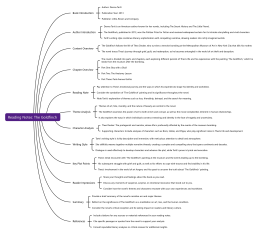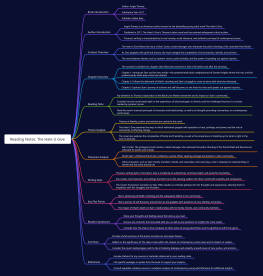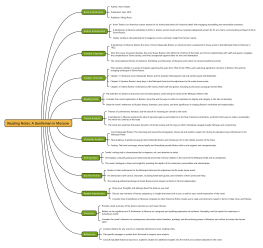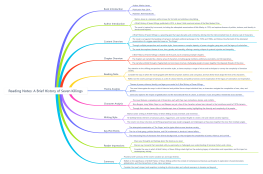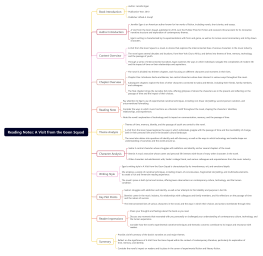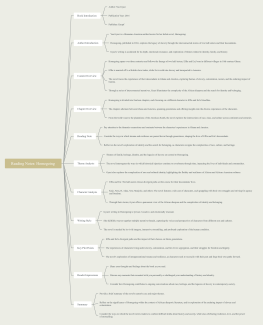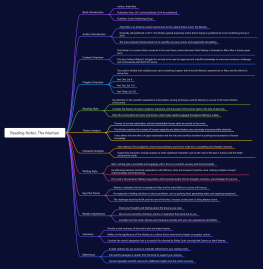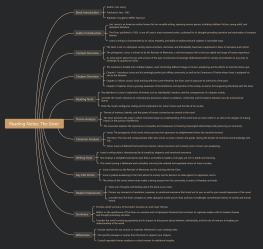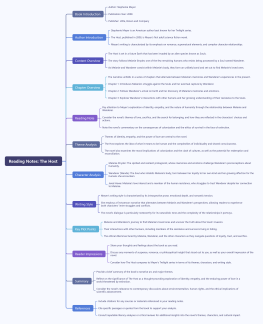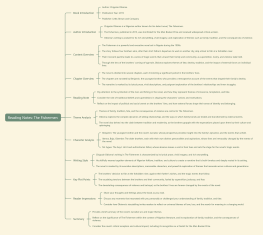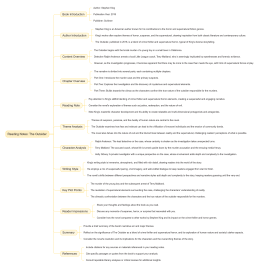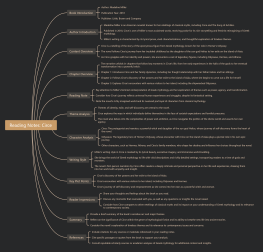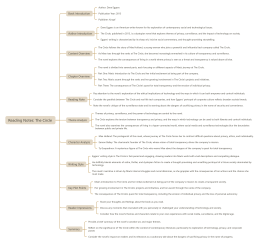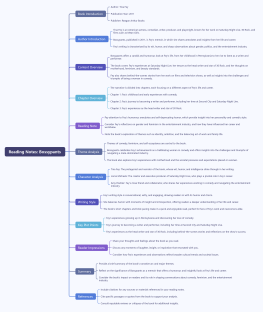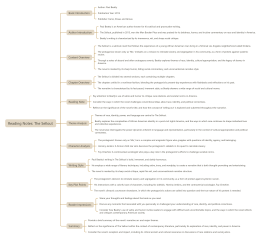The Goldfinch-Donna Tartt: Book Summary
2024-07-24 09:31:56 396 1 Report 0
0
Login to view full content
Donna Tartt's 'The Goldfinch,' published in 2013 by Little, Brown and Company, is a Pulitzer Prize-winning novel that has captivated readers with its intricate storytelling and vivid characters. Tartt, an American author also known for 'The Secret History' and 'The Little Friend,' weaves a compelling narrative that explores themes of loss, friendship, betrayal, and the search for meaning. The novel follows Theo Decker, a young boy who survives a terrorist bombing at the Metropolitan Museum of Art in New York City, an event that kills his mother and changes his life forever. Theo's journey through grief, guilt, and redemption is central to the story, as he becomes entangled in the world of art theft and deception. His emotional journey and the symbolism of the painting 'The Goldfinch,' which he steals from the museum, are crucial elements to consider. The book is structured into parts and chapters, each delving into different periods of Theo's life and his experiences with the painting. Key sections include 'Boy with a Skull,' 'The Anatomy Lesson,' and 'Park Avenue Gothic.' Tartt's richly descriptive and immersive writing style, with meticulous attention to detail and atmosphere, enhances the narrative's complexity and depth. Central themes such as the power of art, fate, morality, and the nature of beauty are explored throughout the novel. Tartt examines how art can both enrich and corrupt, and delves into the moral complexities of human relationships. Theo's character, along with supporting characters like Boris, Hobie, and Pippa, are analyzed for their significant roles in his development and the overall narrative. The novel's key plot points include Theo's initial encounter with 'The Goldfinch' painting, his struggle with grief and guilt, and his involvement in art forgery. Theo's quest to uncover the truth about the painting is a driving force in the story. Readers are encouraged to reflect on their impressions of the book, noting moments of suspense, surprise, or emotional resonance. The novel's themes and characters often resonate deeply with readers' own experiences and worldviews. In summary, 'The Goldfinch' is a profound meditation on art, loss, and the human condition. Its critical reception and lasting impact on readers and literary culture underscore its significance. Tartt's masterful storytelling and the novel's rich thematic content make it a compelling read for anyone interested in the complexities of the human experience.
Other creations by the author
Outline/Content
Book Introduction
Author: Donna Tartt
Publication Year: 2013
Publisher: Little, Brown and Company
Author Introduction
Donna Tartt is an American author known for her novels, including The Secret History and The Little Friend.
The Goldfinch, published in 2013, won the Pulitzer Prize for Fiction and received widespread acclaim for its intricate storytelling and vivid characters.
Tartt's writing style combines literary sophistication with compelling narrative, drawing readers into richly imagined worlds.
Content Overview
The Goldfinch follows the life of Theo Decker, who survives a terrorist bombing at the Metropolitan Museum of Art in New York City that kills his mother.
The novel traces Theo's journey through grief, guilt, and redemption, as he becomes entangled in the world of art theft and deception.
Chapter Overview
The novel is divided into parts and chapters, each exploring different periods of Theo's life and his experiences with the painting 'The Goldfinch,' which he steals from the museum after the bombing.
Part One: Boy with a Skull
Part Two: The Anatomy Lesson
Part Three: Park Avenue Gothic
Reading Note
Pay attention to Theo's emotional journey and the ways in which his experiences shape his identity and worldview.
Consider the symbolism of 'The Goldfinch' painting and its significance throughout the novel.
Note Tartt's exploration of themes such as loss, friendship, betrayal, and the search for meaning.
Theme Analysis
Themes of art, fate, morality, and the nature of beauty are central to the novel.
The Goldfinch examines the power of art to both enrich and corrupt, as well as the moral complexities inherent in human relationships.
It also explores the ways in which individuals construct meaning and identity in the face of tragedy and uncertainty.
Character Analysis
Theo Decker: The protagonist and narrator, whose life is profoundly affected by the events of the museum bombing.
Supporting characters: Include analyses of characters such as Boris, Hobie, and Pippa, who play significant roles in Theo's life and development.
Writing Style
Tartt's writing style is richly descriptive and immersive, with meticulous attention to detail and atmosphere.
She skillfully weaves together multiple narrative threads, creating a complex and compelling story that spans continents and decades.
Dialogue is used effectively to develop characters and advance the plot, while Tartt's prose is lyrical and evocative.
Key Plot Points
Theo's initial encounter with 'The Goldfinch' painting at the museum and the events leading up to the bombing.
His subsequent struggle with grief and guilt, as well as his efforts to cope with trauma and find stability in his life.
Theo's involvement in the world of art forgery and his quest to uncover the truth about 'The Goldfinch' painting.
Reader Impressions
Share your thoughts and feelings about the book as you read.
Discuss any moments of suspense, surprise, or emotional resonance that stood out to you.
Consider how the novel's themes and characters resonate with your own experiences and worldview.
Summary
Provide a brief summary of the novel's narrative arc and major themes.
Reflect on the significance of The Goldfinch as a meditation on art, loss, and the human condition.
Consider the novel's critical reception and its lasting impact on readers and literary culture.
References
Include citations for any sources or materials referenced in your reading notes.
Cite specific passages or quotes from the novel to support your analysis.
Consult reputable literary analyses or critical reviews for additional insights.
0 Comments
Next page
Recommended for you
More

